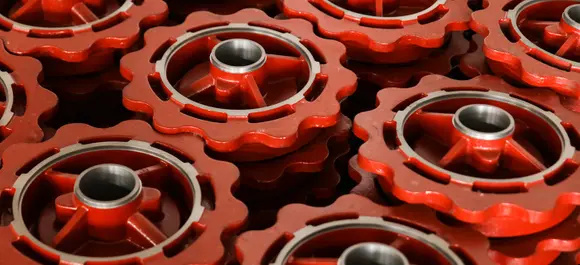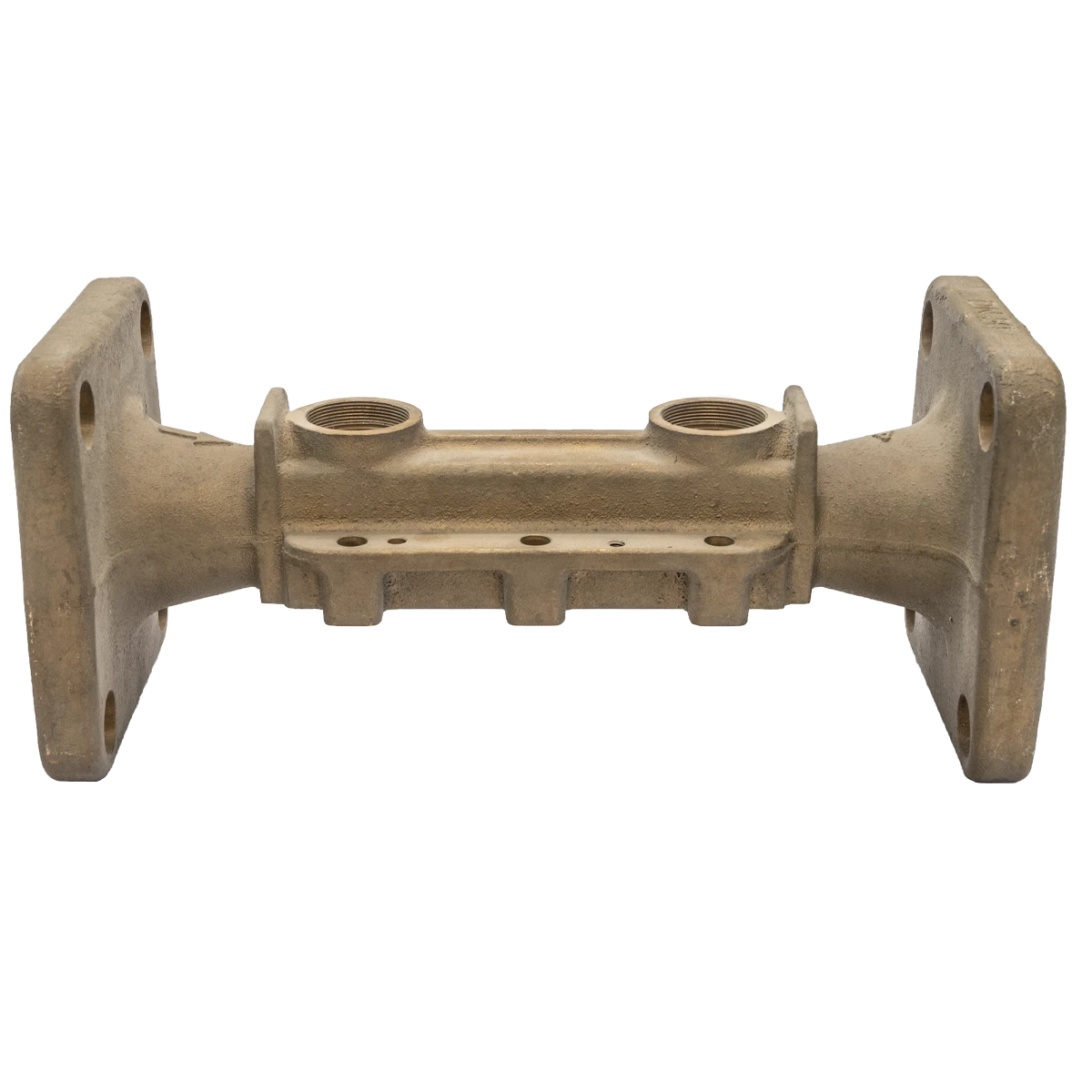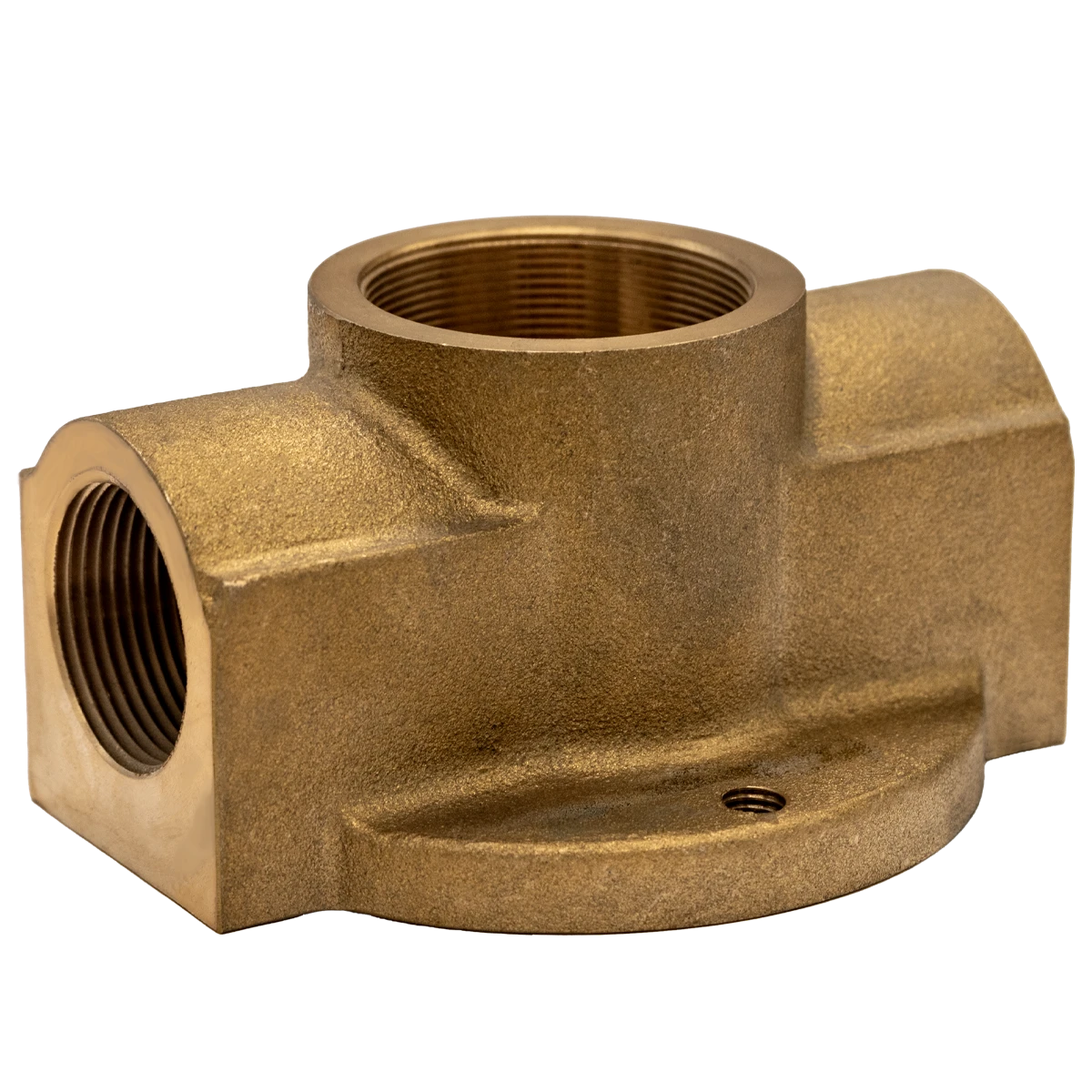Mobile:+86-311-808-126-83
Email:info@ydcastings.com
English
How Die Casting Works High-Precision Metal Parts & Process Guide
This article examines metal casting methods through seven key sections:
- Foundational principles of high-pressure casting
- Industrial impact statistics
- Technical superiority factors
- Process comparison analysis
- Manufacturer capability assessment
- Customization approaches
- Implementation case studies

(how does die casting work)
How Does Die Casting Work: Core Mechanism
High-pressure die casting injects molten metal into reusable steel molds under extreme pressure (typically 1,500-25,000 PSI). The process begins with mold preparation where lubricants prevent sticking and control temperature. Aluminum or zinc alloys heated to 700°C (1,292°F) are then forced into cavities in 0.01-0.5 seconds. Hydraulic systems create clamping forces reaching 4,000 tons to keep molds securely closed during injection. After injection, cooling systems solidify components in 5-30 seconds before ejector pins remove finished parts. This method achieves cycle times 70% faster than gravity-fed alternatives, enabling high-volume production runs.
Modern systems utilize real-time monitoring sensors that track:
- Melt temperature (±2°C accuracy)
- Injection pressure profiles
- Metal flow velocity (measured in m/sec)
- Solidification rate data
Industrial Manufacturing Impact
The die casting industry produces over 20 million metric tons of components annually, accounting for 60% of all non-ferrous metal parts in manufacturing. Automotive applications dominate this space, with the average vehicle containing 150+ die-cast parts totaling 175kg in weight. Productivity data reveals compelling economics:
- Cycle efficiency: Die casting outputs parts 8-10 times faster than CNC machining
- Material utilization: Achieves 95% metal yield vs. 50% in machining
- Scale economics: Per-unit costs decrease 38% when doubling production volume
Energy efficiency continues improving with newer machines consuming 55% less power per ton compared to decade-old models. According to recent market analyses, global demand is projected to increase at 6.3% CAGR through 2030, largely driven by lightweighting requirements in electric vehicles.
Technical Superiority Factors
Pressure-injected casting delivers performance metrics unattainable through traditional methods. Surface finishes routinely achieve 1.0-2.5 μm Ra without secondary processing, outperforming sand casting's typical 12.5-25 μm. Dimensional tolerances range between ±0.125mm (±0.005 inches) - crucial for precision assemblies requiring interchangeability.
The vacuum-assisted variant further enhances integrity by removing trapped air before injection, reducing porosity to below 0.1%. Other key advantages include:
- Wall thickness capabilities down to 0.6mm
- Inherent heat dissipation properties via rapid cooling
- Consolidation of multi-part assemblies into single structures
Testing data demonstrates tensile strength improvements of 15-20% over sand-cast equivalents due to accelerated solidification rates. These characteristics explain why the aerospace and defense sectors designate die casting for mission-critical components.
Process Comparison Analysis
| Criterion | Die Casting | Sand Casting |
|---|---|---|
| Annual Production Volume | 10,000+ units | 50-5,000 units |
| Tooling Cost Range | $15,000-$100,000+ | $1,000-$20,000 |
| Dimensional Tolerance | ±0.0015 in | ±0.015 in |
| Surface Finish (Ra) | 32-64 μin | 300-1000 μin |
| Minimum Section Thickness | 0.025 in | 0.125 in |
Sand casting employs expendable molds formed from silica mixtures, allowing complex geometries but limiting precision. While more adaptable for single large components like engine blocks (up to 700kg), its manual processes increase labor costs at scale. Die casting's reusable tooling becomes economically advantageous above 2,000 identical parts.
Manufacturer Capability Assessment
| Provider | Clamp Force | Max Part Size | Alloys Supported | Industry Certifications |
|---|---|---|---|---|
| Gibbs Die Casting | 3,800 tons | 38" x 25" | Al, Mg | IATF 16949 |
| Martinrea Honsel | 2,200 tons | 30" x 18" | Al, Zn | ISO 14001 |
| Ryobi Die Casting | 4,500 tons | 42" x 30" | Al, Zn, Cu | AS9100 |
Premium providers distinguish themselves through secondary capabilities like CNC machining integration that produces finished components directly from casting cells. Supply chain audits reveal tier-one suppliers implement statistical process control (SPC) on 100% of production parameters. Leading German manufacturers particularly excel in magnesium handling - critical for weight-sensitive transportation applications.
Customization Methodologies
Advanced customization begins with simulation-driven design: flow analysis software virtually tests 50+ gate configurations before tooling production, reducing development iterations by 75%. Engineers implement solutions like conformal cooling channels that accelerate cycle times 25% while diminishing distortion.
Material hybridization creates functional advantages when combining:
- Thermally conductive aluminum cores
- Glass-reinforced polymer overmolds
- Threaded steel inserts
Regional customization trends reveal European manufacturers excelling at thin-wall structural components (≤1.2mm) while North American foundries lead in large-scale automotive integration. Secondary processing selections include:
- T6 heat treatment: increases yield strength 40%
- Hard-coat anodization: enhances wear resistance
- EMI/RFI shielding treatments
Such customizations add ≤15% to unit costs but frequently enable part consolidation reducing assembly expenses 30-60%.
How Die Casting Works in Real Implementations
Electric vehicles exemplify process optimization: Tesla's giga presses produce entire rear underbodies in single die casts weighing over 100kg. This consolidation replaces 70+ stamped parts, cutting body shop area requirements 40%. In aerospace, SpaceX thrust chambers feature intricate cooling channels unachievable through subtractive methods, withstanding 300+ bar combustion pressures.
Consumer electronics applications leverage the process for unibody enclosures: MacBook bodies demonstrate 0.4mm wall uniformity impossible via machining. Medical breakthroughs include radiography components with precisely positioned shielding elements cast directly into housing units. These implementations consistently deliver:
- Weight reduction: 15-30% vs machined counterparts
- Production cost savings: 50% over multi-part assemblies
- Development acceleration: reduce tooling lead times 35%
As materials science advances, emerging magnesium alloys extend applicability to heat-sensitive components previously cast only through lower-precision processes.

(how does die casting work)
FAQS on how does die casting work
Q: How does die casting work?
A: Die casting involves injecting molten metal under high pressure into a reusable steel mold (die). The metal cools and solidifies quickly, forming a precise, high-quality part. The die is then opened to eject the finished product.
Q: How is die casting different from sand casting?
A: Die casting uses reusable steel molds and high-pressure injection, enabling smooth finishes and tight tolerances. Sand casting relies on expendable sand molds and gravity pouring, making it better for larger, less complex parts.
Q: What does die casting mean?
A: Die casting is a metal fabrication process where molten metal is forced into a pre-shaped mold cavity under high pressure. It’s ideal for mass-producing detailed, dimensionally accurate metal components.
Q: What are the advantages of die casting?
A: Die casting offers high production speed, excellent surface finish, and minimal post-processing. It also ensures consistent part quality and can create complex shapes with thin walls.
Q: How does sand casting work?
A: Sand casting involves creating a mold from compacted sand around a pattern. Molten metal is poured into the mold cavity, cooled, and then the sand mold is broken away to retrieve the part.
-
Materials Used in Manufacturing Cap End Pipe FittingsNewsNov.24,2025
-
Material Properties of CF8M CastingNewsNov.24,2025
-
How to Inspect Pump Cap Ends for DamageNewsNov.21,2025
-
Backward Curved Impeller – Efficient Airflow Solutions for Industry | YD CastingsNewsNov.21,2025
-
Automobile Water Pump - Efficient, Quiet, Durable & ElectricNewsNov.21,2025
-
Impeller for Pumps – High-Efficiency, Durable, OEM-ReadyNewsNov.21,2025











